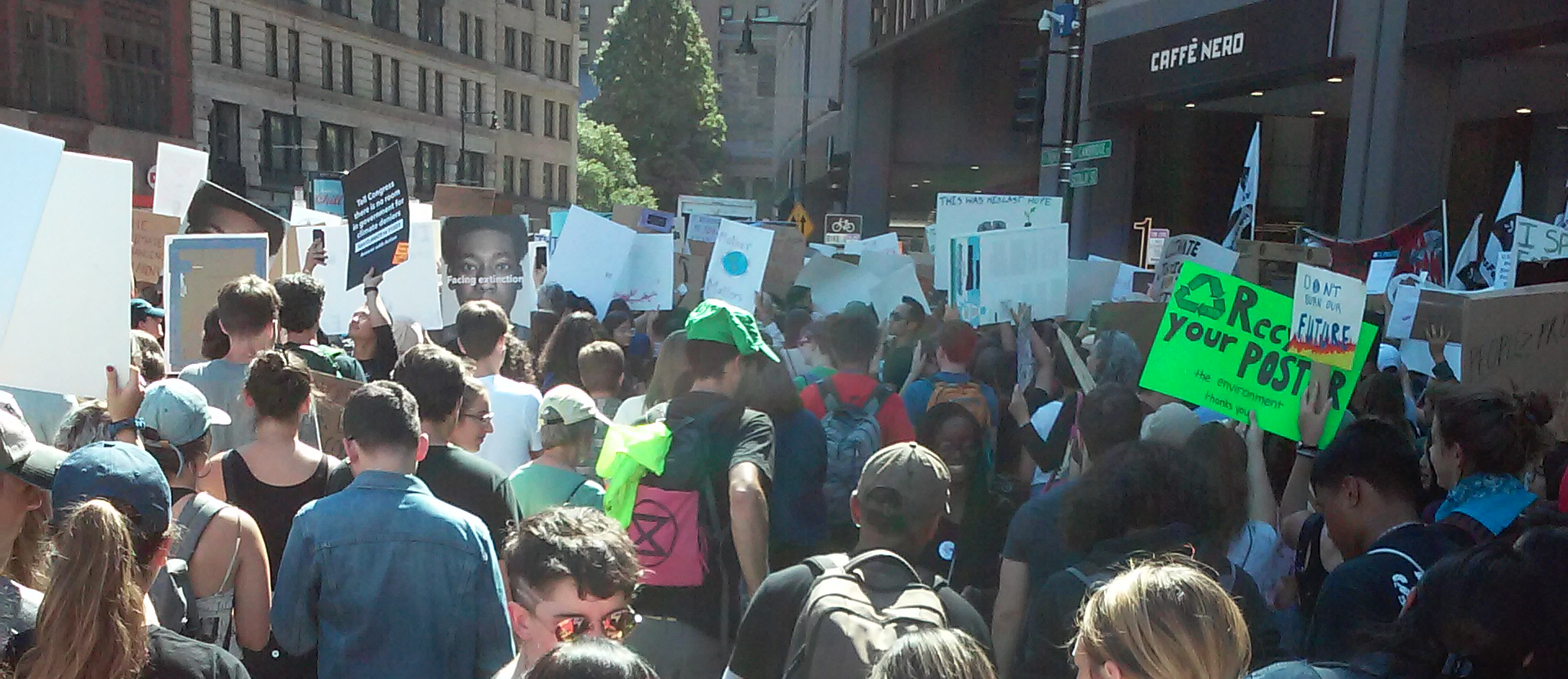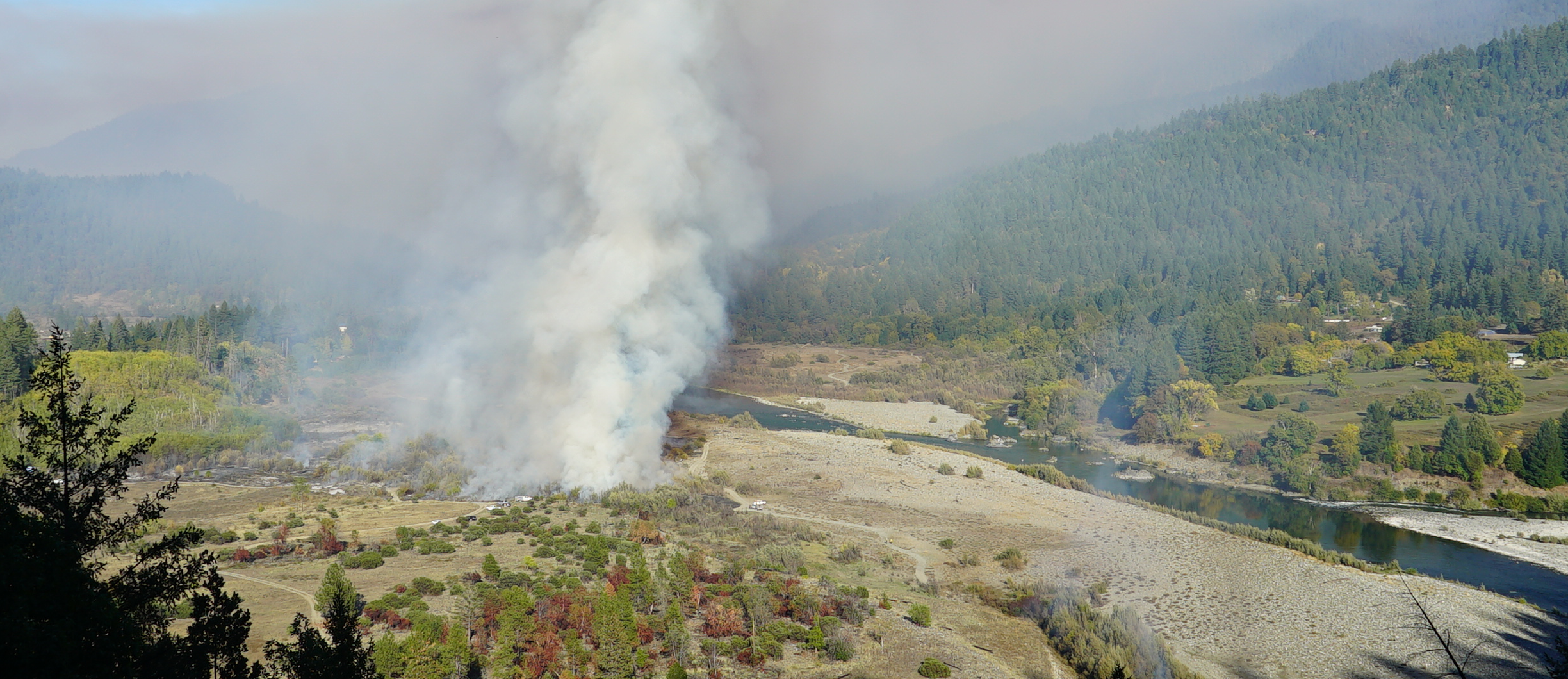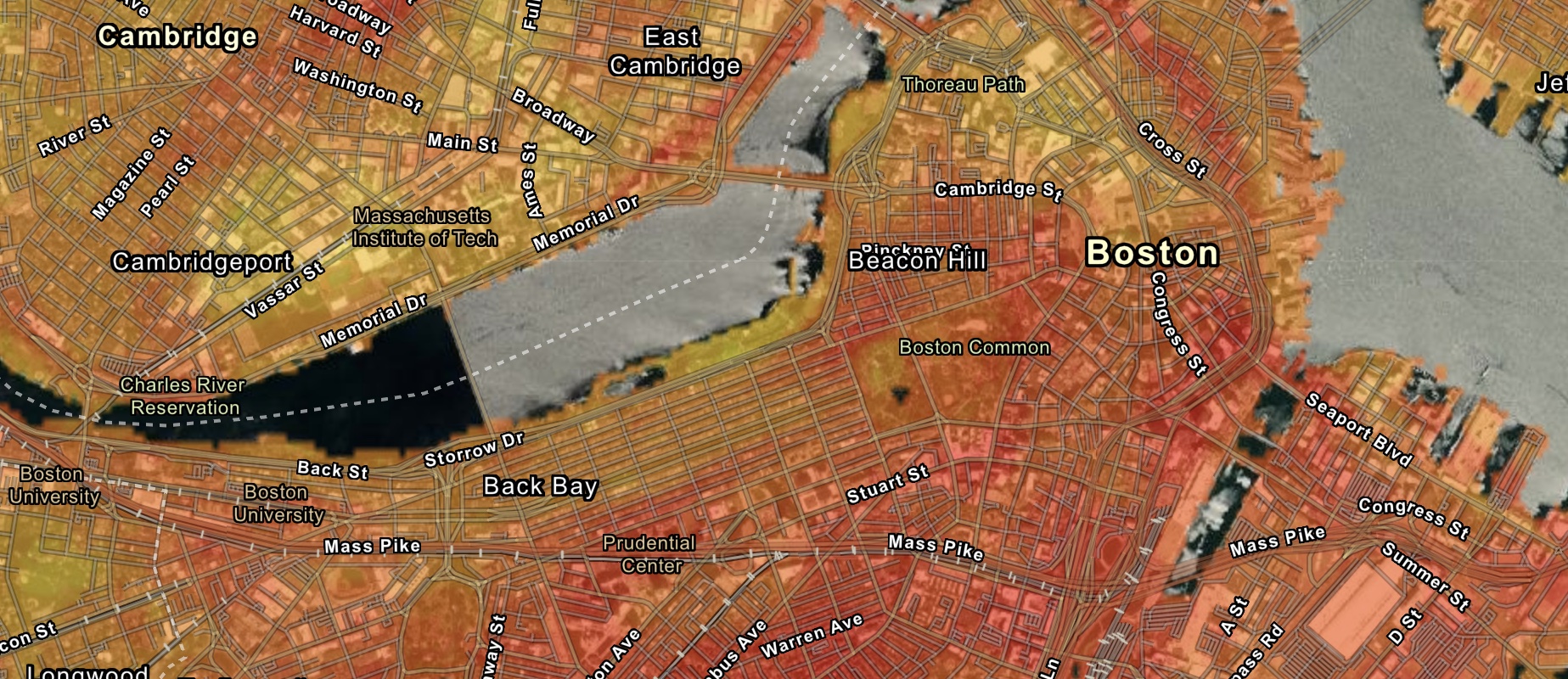Time:
One 90-minute class block or two class periods of 45 minutes
Purpose:
Students will consider the interconnectedness of people, places and environment and define environmental justice
Students will analyze three environmental justice case studies (local, national and international) using maps, images and text and identify the role of citizen activism in addressing them
Students will identify some of the approaches and tactics that citizen activists take to address environmental racism and inequality.
Materials needed:
Laptops and lesson slides to share with students
Steps:
1. Defining Environment and Justice
Briefly discuss how students would define “environment” and “environmental justice”.
- Environmental Justice: There is not one single definition of environmental justice. The Environmental Protection Agency (EPA) defines it as the “fair treatment and meaningful involvement” of all people regardless of race, class, income, etc. when making, implementing and enforcing environmental laws.
For our lesson today, we are going to explore more broadly the idea that people and the environment are deeply connected and those who hold the least power often are living with more degraded environments created by those with the most power. You’ll be exploring one of three case studies, one at a local level in greater Boston, one in the United States and one in South America.
2. Looking at case studies
Assign students to work on a single case study in the slides, 1, 2 or 3 (in small groups or individually). Explain that students will complete a process of analysis of a single map, considering purpose, audience and what story the map might tell about this location. Students then look at two images connected to that location and consider what they show about the environment and people in that place. Finally, students read a short resource article about what strategies people in each location are employing to work towards environmental justice.
Leave the slide titled “Directions” (slide 2) projected so students can see it as they work. Circulate as students work.
3. Students share back
Groups 1-3 share their map, images and what they learned about this case study.
Some key questions to consider when presenting and discussing:
- What is the environmental issue?
- Who is being affected and who is causing the issue?
- What tactics/approaches are the activists using to counteract the issue?
- What do these case studies have in common?









